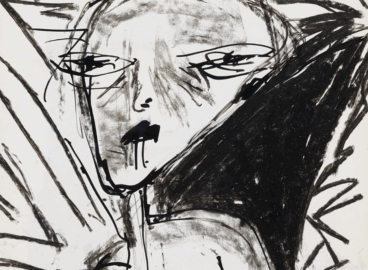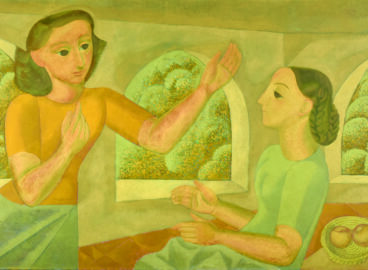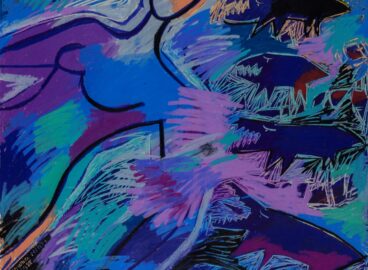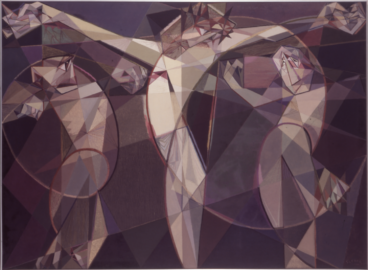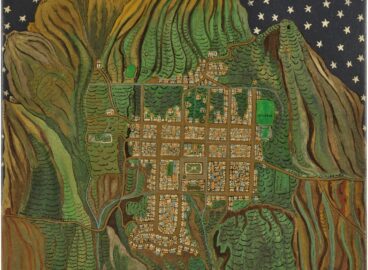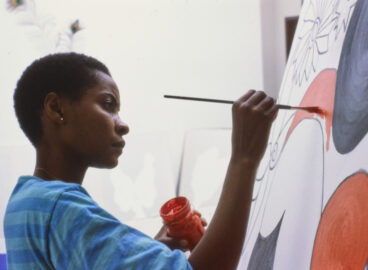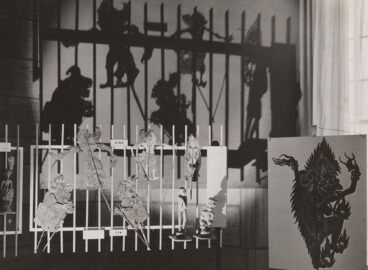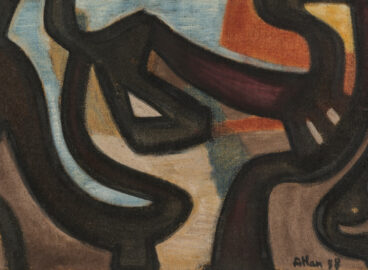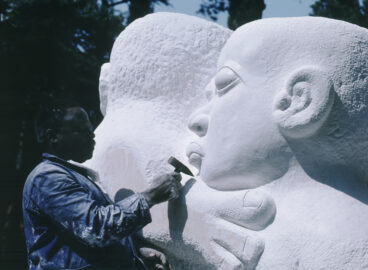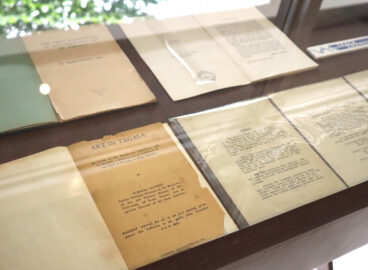Erased Histories: Karlo Kacharava’s Lights and Shadows
Karlo Kacharava (1964–1994), a prominent Georgian artist, writer, art critic, and poet, has been referred to as “the voice of his generation” and a “supernova.” In my contribution to the book Karlo Kacharava: Sentimental Traveller, published in 2023 on the occasion of Kacharava’s solo exhibition in Ghent at S.M.A.K., I discuss the intertwining of his “oceanic” body of work, both visual and written, with his short but extraordinary life.
